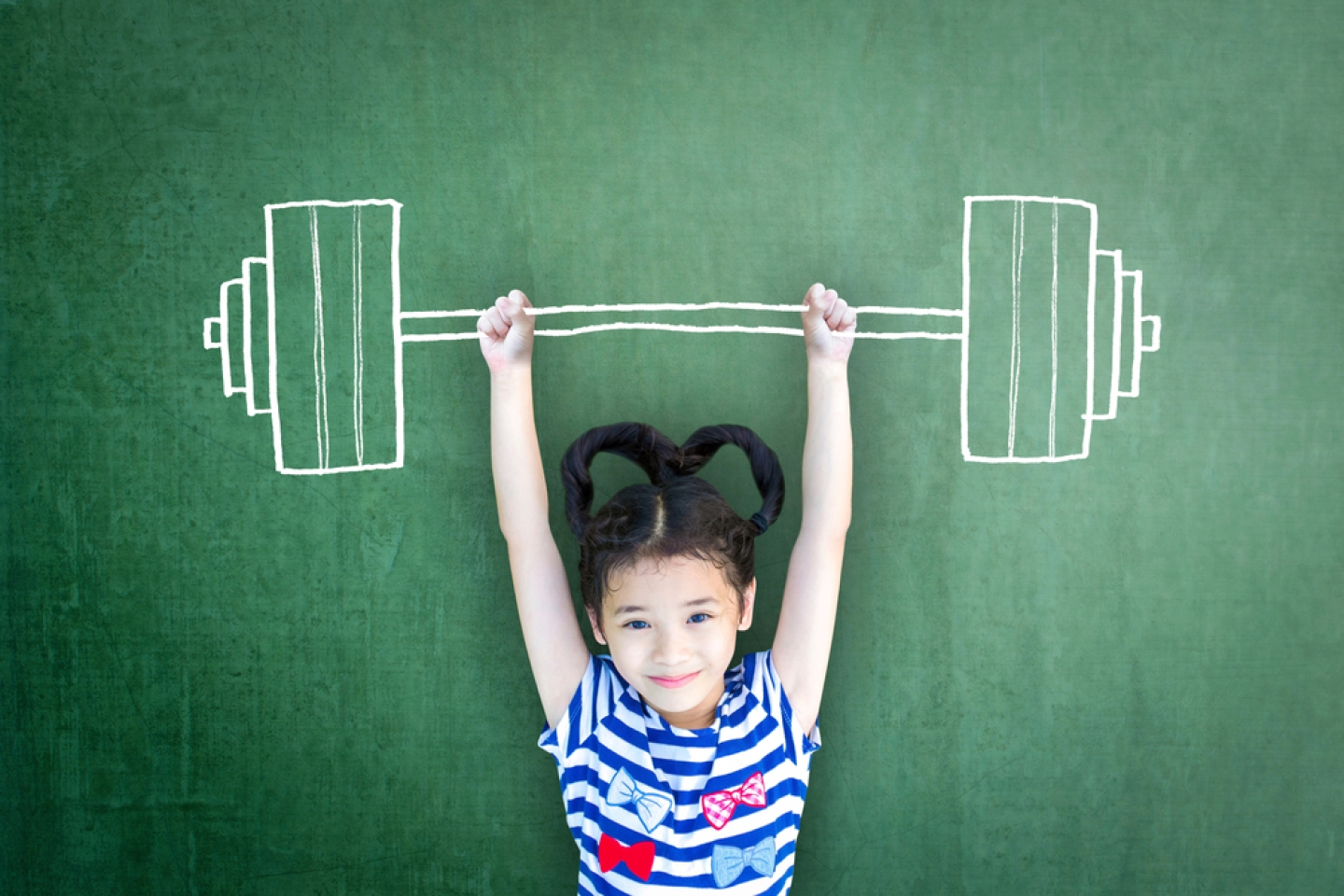
It’s called “physical literacy,” and it’s as important to your child’s health and development as a nutritious diet and vaccines to protect against polio, measles and other infectious diseases, including COVID-19.
But physical literacy doesn’t always take the form of exercise in the strict sense of the word, says Dr. Ben King, a primary care pediatrician at Weill Cornell Medicine who was named a Rising Star in Pediatrics by Castle Connolly Medical Ltd., the company that publishes the annual guidebooks America’s Top Doctors and Top Doctors: New York Metro Area.
Instead of “E” for exercise, Dr. King uses the “A” word with patients and their families: “A” for active. Generally, he is less concerned about the “what” of a child’s physical activity than the “how much.”
“The more active you are as a child, the more ability, confidence and desire you’ll have to be physically active for life,” he says.
A recent report issued by the American Academy of Pediatrics offers guidelines for physical activity for infants, children and adolescents, as follows:
Where younger children are concerned, Dr. King recommends variety. The more varied a child’s physical movements, the better. Therefore, he advises parents to avoid getting overly specific. If a child can run, skip, jump and twirl, they can figure out how to apply these skills later to specific sports or other activities.
“It’s more important for school-aged children to engage in non-competitive sports or activities like swimming and dance than to excel in any one activity,” he says. “That’s the best way to help them develop the gross and fine motor skills that will stand them in good stead during adolescence and beyond.”
By contrast, early adolescents can pursue muscle-strengthening activities, such as squats, push-ups, jumping rope and weight training, in addition to their preferred sports or other activities.
It all comes down to encouraging children to become active early on. During office visits and checkups, he typically asks, “How do you define health as a family? How much do you care about being physically active?”
He encourages families to pursue activities as a group, from biking to hiking, swimming, tennis and dance. And to avoid being sedentary. A sedentary lifestyle has been singled out as a major health risk for conditions including childhood obesity and future illnesses such as type 2 diabetes and cardiovascular disease.
“It’s never too late to get started. There’s also no one-size-fits-all approach,” he says. “Our job as pediatricians is to understand where you’re coming from, and to encourage you to live healthy lives. If you aren’t physically active yet, you can change that by making small, incremental changes over time.”
Make sure your child or teen uses whatever protective gear is recommended for the sport or activity they’re engaged in, whether a helmet, mouthguard or shin guards. Also be on alert for overuse injuries. These can result from doing too much of a single activity, so encourage your child to try new things and diversify their experiences.
Physical activity makes everyone healthier, and that includes children with disabilities or chronic conditions such as asthma and type 1 diabetes.
“The more a child or teen knows about their condition and how they need to take care of themselves, the more active they can be,” Dr. King says. “Physical activity will help stabilize blood sugar, reduce inflammation and enhance a sense of well-being.”
It may seem counter-intuitive, but most kids are actually less active during the summer than at other times of year. That’s because they have more free time and less structure. After all, they aren’t getting up for school 5 days a week!
Parents and caregivers can still encourage children to find fun ways to stay active. All they need is motivation, structure and the opportunity to jump into a local swimming pool, play softball or head out to a Latin dance class in the park. Another option: day camp!
To make an appointment with your family doctor or pediatrician, To schedule an office or video visit with your primary care pediatrician, please visit here or login to Connect.